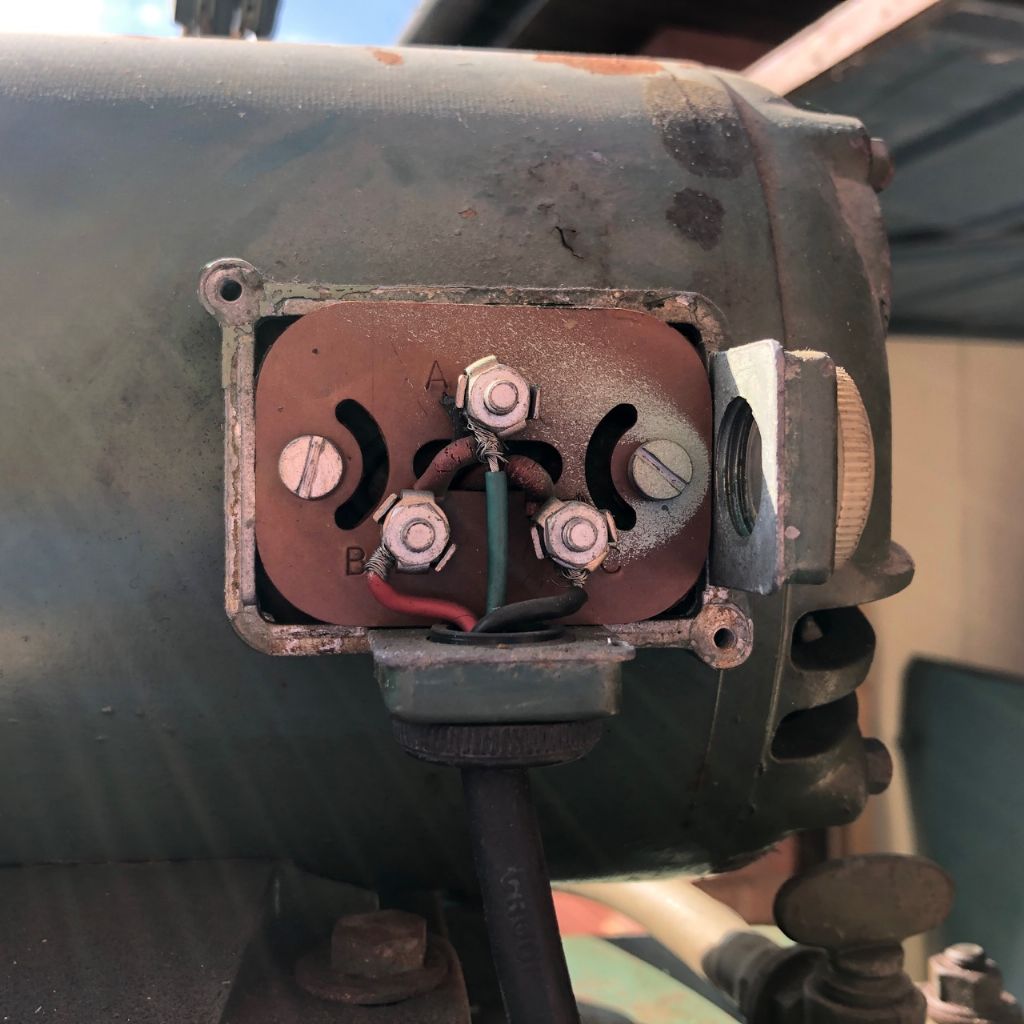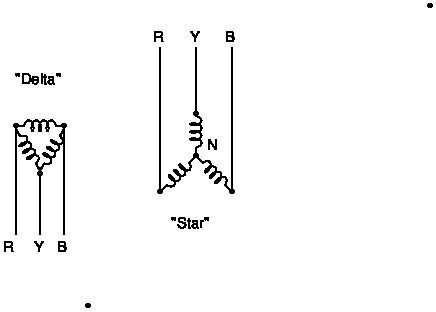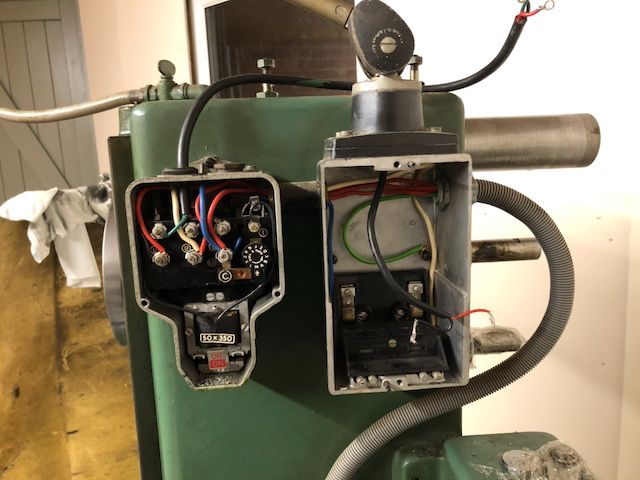Posted by Simon Williams 3 on 25/03/2022 10:31:41:
Usual Health and Safety warning when working with mains power, but be aware a 400V shock is much nastier than ordinary mains. Never work on live wiring and make sure the connections are understood etc.
Dave
Sorry Dave, can't let that one pass.
400 volts (line to line) is the same thing as 230 volts (line to neutral).
Three phase motor suitable for 400 v line to line in star needs 230 volts line to line in delta so only 133 volts line to neutral. It's the line to neutral (earth) voltage that bites you, you'd have to try hard to grab two phases simultaneously.
However VSD outputs aren't necessarily symmetrical about earth.
Yeah, it's worth discussing, because I find it confusing too!
In my view '400 volts (line to line) is the same thing as 230 volts (line to neutral)' is correct in one sense, but not another.
In a star connected motor the neutral point is buried safely inside the machine. The neutral point inside the star isn't the same as mains neutral. Thus, a shock received from a high-voltage VFD is likely to be across two phases, that is 400V, not from one phase to neutral.
Domestic mains electrics connect neutral and earth together, so line-to-earth and line-to-neutral are at the same voltage, whilst neutral-to-ground is zero. This earthing arrangement is an effective safety feature because only one wire in the system is hot (live / line). A star motor and high voltage VFD is different.
I don't know what the line-to-ground voltage would be in a three wire 3-phase system, because in theory a pure 3-wire system has no neutral or earth. If a 3-wire system were completely isolated from earth and neutral throughout, then I think there'd be no voltage between any of the phases and earth. Don't try that at home folks, because the distribution system mixes 3-wire three phase and single-phase with earth and neutral together, so there's almost certainly some sort of return path from ground. Shocking!
Unlike the mains distribution system, a high-voltage VFD circuit might generate each phase in isolation, and also be isolated from the single-phase Line, Neutral and Earth, but I doubt it. Digital converters certainly don't work that way.
I suggest it's safer to assume a high-voltage VFD is a 400V hazard when working with one. As always, I'm happy to be put right if I'm wrong.
Dave
Anonymous.








